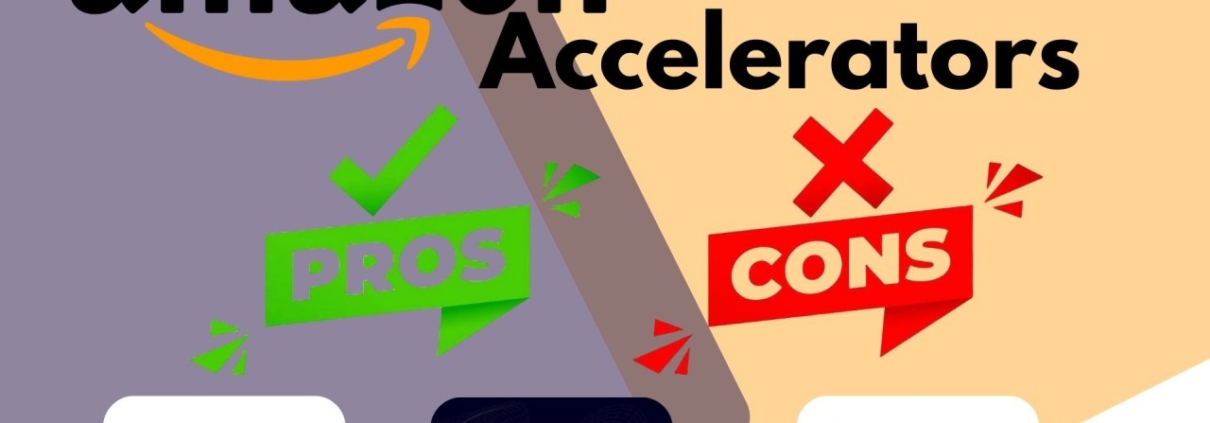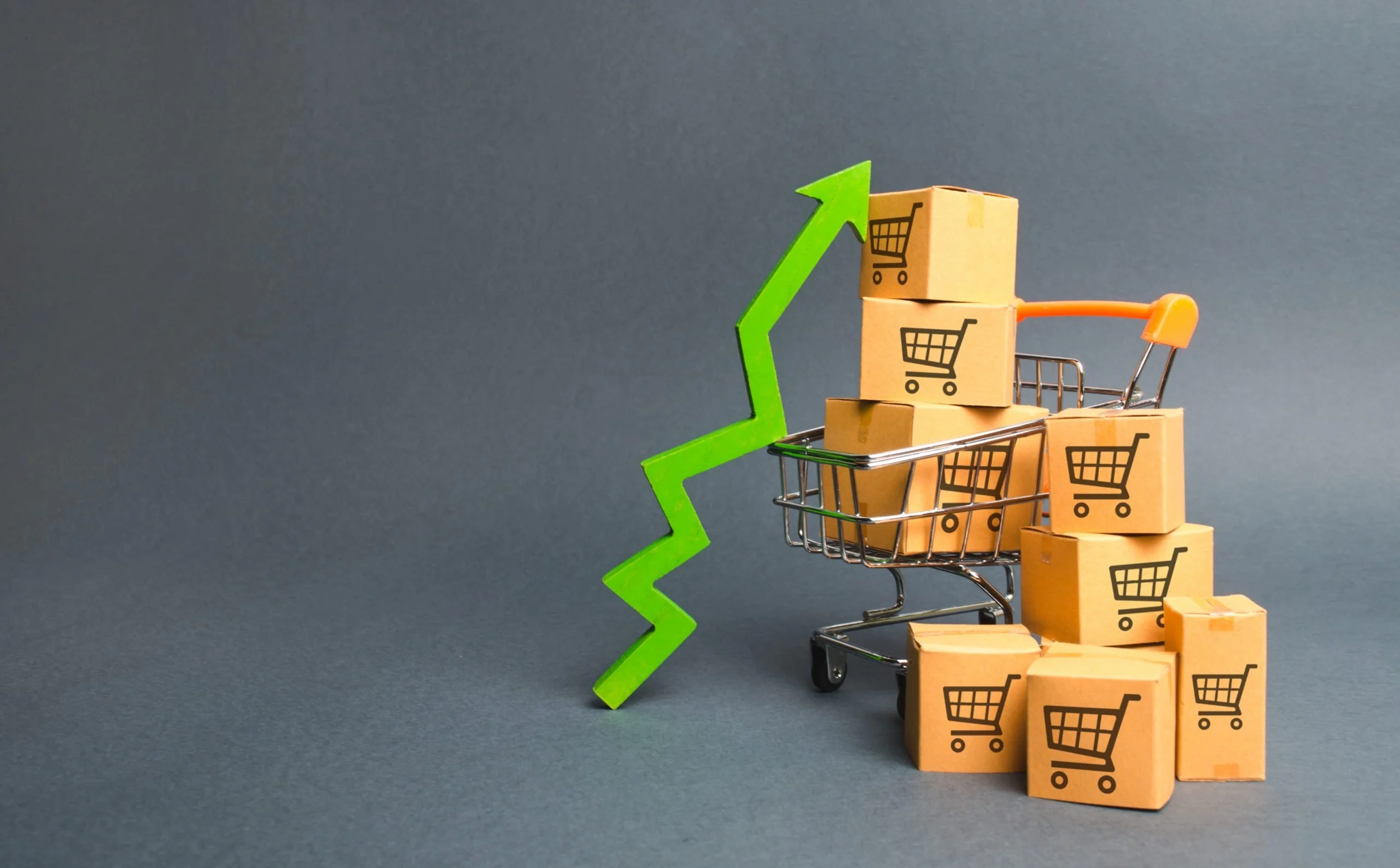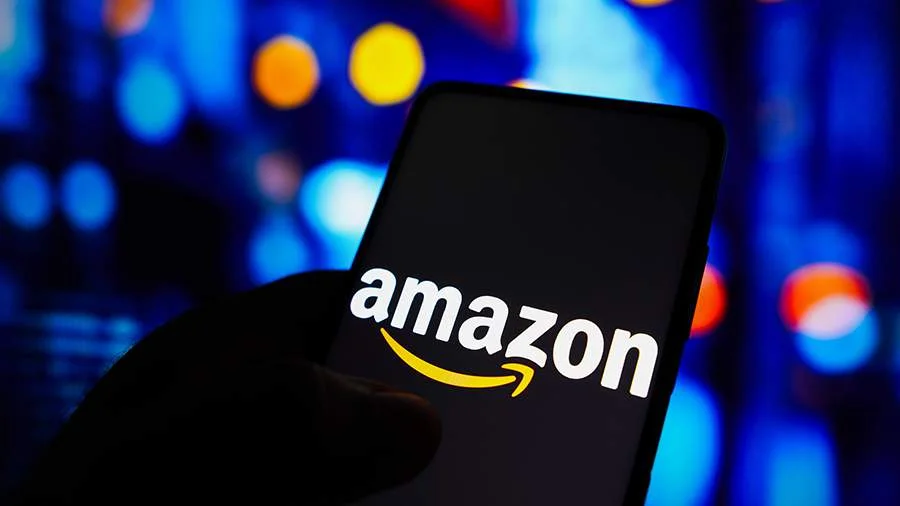The Hidden Costs of Amazon Accelerators: Are They Really Worth It?
For brands navigating the complexities of e-commerce, Amazon accelerators present themselves as a solution to scale operations. They offer logistics support, market insights, and expertise to drive online success. However, as with any business decision, it’s crucial to examine both the benefits and challenges of partnering with accelerators. This article offers a balanced perspective to help brands decide whether an accelerator aligns with their goals or if alternative solutions, such as remote e-commerce departments, might be better suited.
1. Advertising Costs: Are Brands Paying More Than Expected?
A common discovery for many brands is that despite partnering with an accelerator, they are often required to shoulder the advertising expenses. Accelerators, while purchasing products at wholesale prices, may rely on brands to fund campaigns that drive sales.
This raises a valid question: If the brand is paying for advertising and the accelerator is benefiting from wholesale pricing, what value is the accelerator adding to justify their margins?
While accelerators bring operational ease and industry know-how, brands must evaluate whether the return on their advertising investment justifies the partnership. For some, the cost-benefit analysis could indicate that exploring other avenues for scaling might be more effective.
2. The Fine Print: Contracts That Limit Flexibility
Long-term contracts are a hallmark of many accelerator partnerships. While these agreements may provide stability, they can also restrict a brand’s ability to adapt to changing strategies or pivot away if the results do not meet expectations.
Brands should scrutinize the terms of these contracts carefully, ensuring they include performance-based milestones or flexibility for exit strategies. This level of caution ensures that the partnership remains beneficial and aligned with the brand’s needs.
3. The Wholesale Model: Pros and Cons
Accelerators typically operate on a wholesale model, purchasing inventory at discounted prices. While this can help brands manage cash flow and offload stock, it often comes with trade-offs, including reduced profit margins and limited control over pricing.
A critical consideration for brands is whether the accelerator prioritizes their long-term growth or simply focuses on high-margin products. This misalignment can affect the brand’s reputation and growth trajectory. Clear communication and defined growth objectives are essential to creating a partnership that benefits both parties.
Exploring Alternatives: Building E-Commerce Capabilities
For brands considering alternatives to accelerators, building e-commerce capabilities internally or externally is an increasingly viable option. However, creating an in-house team isn’t always straightforward. It requires significant resources, expertise, and time—something many brands lack, which is why they turn to accelerators in the first place.
Here’s where a remote e-commerce department comes into play.
A Flexible Solution: Remote E-Commerce Departments
Remote e-commerce departments offer a middle ground between the full control of an in-house team and the operational ease of an accelerator. These dedicated teams function as an extension of the brand, providing tailored services such as:
- Advertising Strategy: Designing and executing campaigns aligned with the brand’s vision.
- Operational Support: Managing logistics, catalog optimization, and troubleshooting.
- Cost Savings: Offering scalable solutions without the overhead costs of a full-time team.
Remote teams provide brands with the flexibility to scale operations without locking into restrictive contracts, allowing them to retain control while leveraging external expertise.
Benefits of Building or Hiring E-Commerce Capabilities
Whether investing in an in-house team or outsourcing to a remote department, these options can offer advantages over accelerators:
- Strategic Alignment: Both approaches ensure a focus on the brand’s long-term goals rather than immediate profits.
- Customization: Tailored strategies cater to the unique needs of the brand.
- Control and Flexibility: Brands can quickly adapt to market trends, test new strategies, or reallocate resources without being bound by contracts.
Final Thoughts: Making the Right Choice
Amazon accelerators like Spreetail and Pattern can offer value for brands looking for quick operational support, but they may not always align with a brand’s growth goals. By carefully evaluating the costs, contract terms, and long-term implications, brands can determine whether an accelerator is the right fit or if alternatives such as remote e-commerce departments or in-house teams provide greater value.
For brands that want to scale without sacrificing control or flexibility, remote e-commerce teams represent a powerful option. They combine the expertise of accelerators with the freedom of internal management, empowering brands to navigate the competitive e-commerce landscape on their own terms.
In the end, the right choice depends on the brand’s unique needs, resources, and vision for growth.






Leave a Reply
Want to join the discussion?Feel free to contribute!